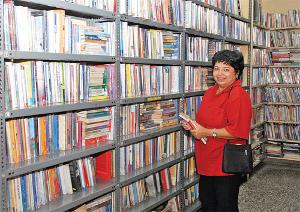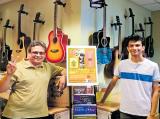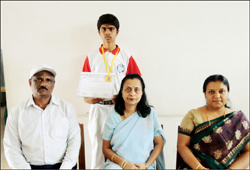It’s a portable washing machine, or rather, a washing drum. It needs no electricity, running on power generated by operating a pedal. It uses just 50 litres of water and detergent to wash 5kg of dry clothes, and best of all, can be ridden to the water source.
This invention by a team of three scientists -Amaresh Chakrabarti, Manish Kumar and Pulin M Raje -from the Centre for Product Design and Manufacturing (CPDM) of the Indian Institute of Science (IISc) – prom ises to be a boon to rural areas, where electricity is scarce and piped water is still a pipe dream. The CPMD is largely perceived to lack such innovations or inventions for the common man.
Conceived in 2008, the washing drum has gone through many processes and is patented. The Society for Innovation and Development (SID), within the IISc campus, is now liaisoning with industry to take it to the market.
A senior SID official told TOI: “The primary objective of IISc is research. We also have such products and technologies and the SID and incubation centre try to push them.”
He, however, conceded there is no aggressive marketing. “There are many companies that come scout ing for talent and ideas, we showcase these things to them. Otherwise, there is no advertising or media publicity for these inventions,” he said.
Amaresh Chakrabarti said: “I ideally wanted to find a startup partner, with students involved in the project. A patent has been granted, but the students left for other jobs. I’m seeking an appropriate person to in cubate the startup, as part of the MHRD-funded programme called Design Innovation Centre (or DIC) that was approved by the Sam Pitroda committee of the National Innovation Council. We hope to start incubation in the coming year.”
“Our invention is a substantial improvement over hand washing, which requires about 200 litres of water and takes two hours, while conventional machines also need 200 litres of water and take 65 minutes,” say the scientists, and claim that hand washing using similar brushes leads to greater damage to clothes.
11 inventions wait for funds
Eleven other inventions from IISc are ready and waiting for incubation. It’s a pointer to the fact that the institute is working to get its collective intellectual property to benefit the common man. Among the inventions is a mechanized harvest device specially suited for tea and herbs, which require meticulous selection of the shoot. Scientists claim this enhances productivity three-fold.
The list also has a device that enables visually challenged individuals to accurately construct geometric figures, like circular arcs and straight line segments, in a manner that can be equally understood by able individuals.
source: http://www.timesofindia.indiatimes.com / The Times of India / Home> News> City> Bengaluru / by Chethan Kumar, TNN / July 31st, 2015






